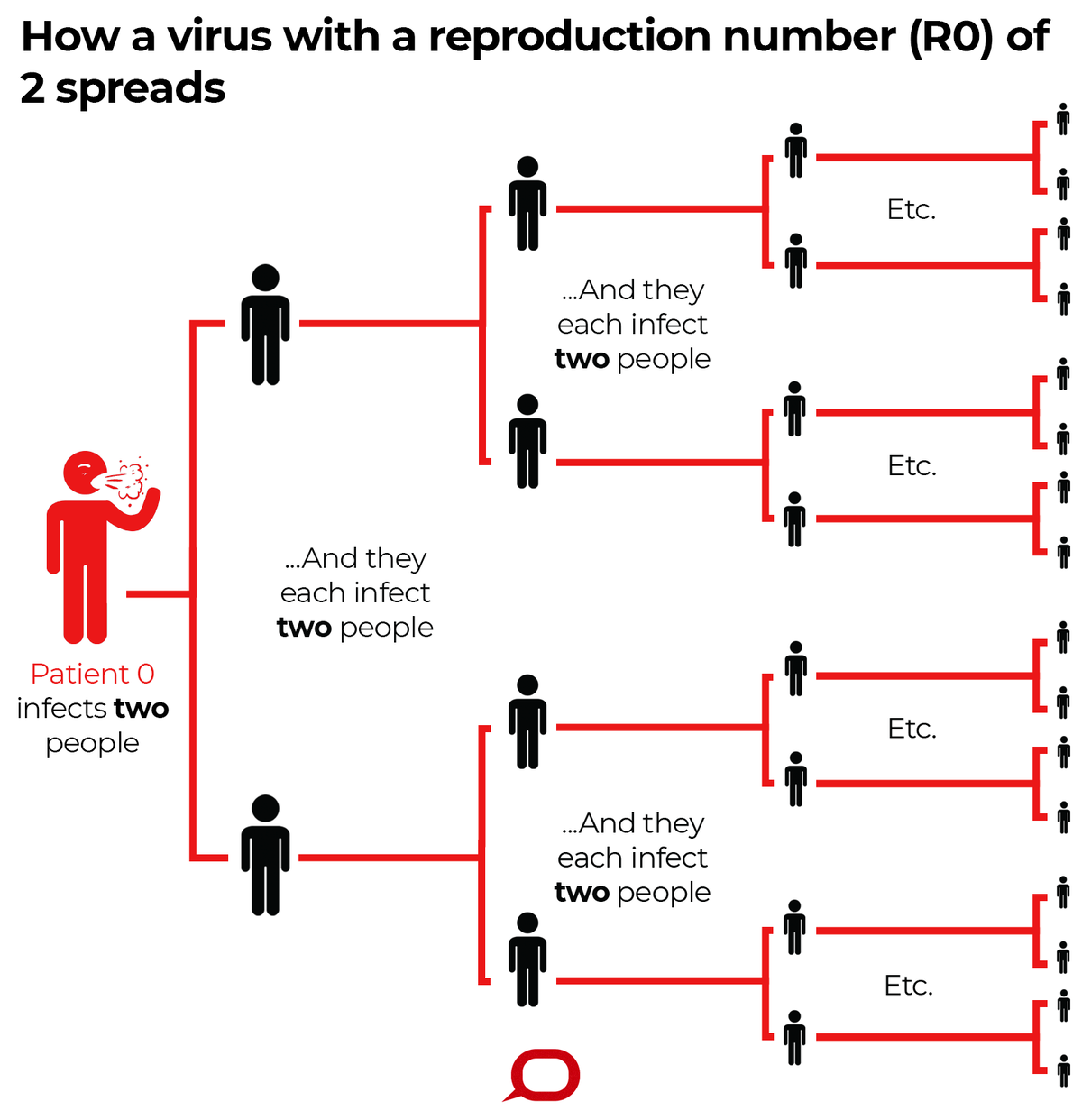
We’ve seen the pictures of beach-goers, bar patrons and street parties with revelers packed in, ignoring social distancing and only occasionally wearing masks. We’ve read about the August wedding in Maine attended by 62 people who largely ignored CDC guidelines, resulting in 170 new cases and eight deaths (CBS). And now we have watched the leader of the free world once again show disdain for basic public health measures that can save lives. For a self-described “germaphobe,” President Trump has a strange way of showing it.
Now there is the highly publicized recent Rose Garden ceremony where 200 people gathered, maskless, with the President to announce his U.S. Supreme Court nominee.
According to a new USA Today investigation, the President and many of the senior officials who attended or work in the West Wing have been exposed to this lethal virus, tested positive for it, and may ultimately through the chain of transmission spread it to potentially thousands more across the country.
The New England Journal of Medicine, in an unusual departure from its non-partisan approach, published an editorial this week, Dying in a Leadership Vacuum, that denounced how the U.S. handled the pandemic and underscored how bad behavior by our national leadership is largely to blame for this continuing crisis. In it, the editors said:
“Covid-19 is an overwhelming challenge, and many factors contribute to its severity. But the one we can control is how we behave. And in the United States we have consistently behaved poorly.”
During the AIDS epidemic, SILENCE=DEATH was a key mantra. For COVID-19 and its effect on the nation to date and yet to come, INCOMPETENCE=DEATH is apt.
With a leader who equates simple public health protections with anti-American encroachments on freedom, it is sadly predictable that Americans demand their right to individual liberty and a “personal choice” to choose to not wear a mask. They are, however, walking weapons who risk the health and lives of their fellow Americans at every turn. The image of our President, ripping his mask from his face in front of the White House and entering a room occupied by vulnerable staff, is one that will live in infamy.
In some states, knowingly giving another person an infectious disease can and has been prosecuted. As we wait for the White House to execute contact tracing (having rejected the CDC’s assistance), the chain of transmission continues, abated only by the people exposed who wisely do the right thing and quarantine or isolate based on their COVID status.
The documented benefits of mask-wearing and social distancing far exceed the annoyance of following these simple, life-saving guidelines. Along with fellow deans, I have called for a national mask mandate, and while a legal challenge would likely ensue, given our constitutional framework that preserves states’ rights, it would test our ability to save lives in an exceptional public health emergency.
A caring society – and its leadership – must return to the Golden Rule and “Do unto others as you would have them do unto you.”

Cheryl G. Healton, DrPH
Dean
Sidebar:
Here is how behavior results in contagion and death:
For a primer on how the virus reproduces, Dr. Danielle Ompad, Associate Professor of Epidemiology at GPH kindly provided this brief tutorial:
R0 (pronounced R naught) is the reproductive rate of an infectious disease. It measures how infectious the disease is. R0 is the average number of people that one infectious person with a typical infection can transmit that disease to in a population that is susceptible to the disease.
If the R0 for a disease is less than one, each infected person passes on the disease to less than one person, on average. This means that the disease in the population is declining. If the R0 is 1, then each infected person passes on the disease to one person, on average. This means the disease is stable in the population and we would expect the number of cases to neither decrease nor increase. If the R0 is greater than 1, then each infected person passes on the disease to more than one person, on average. This means that the number of cases is increasing and is an indication of a possible outbreak or epidemic.

Image Source: The Conversation
In the figure above, we see an example of R0=2, where each infected person infects two other people. The index case (red figure) infects two other people, those two people each infect two other people. Then the four people in the second wave each infect two people and so on. Often, these transmission chains can be stopped. There are two main ways to do this:
- An intervention stops or reduces transmission. Interventions will vary, depending on the disease, who is susceptible, and how it is transmitted. Interventions that can disrupt COVID-19 transmission include effective masking, social distancing, hand washing, isolation, quarantine, and the like.
- In the case of an infection that results in immunity, transmission would stop or be reduced if a large enough percent of the population becomes immune, either with a natural infection that results in immunity to the disease or an effective vaccine against the disease. Having more people who are immune in the population reduces the likelihood that a person susceptible to the disease would come in contact with someone who is infectious. This is what we mean by herd immunity.
Note that for a disease like COVID-19, where there is substantial morbidity and mortality, achieving herd immunity through natural infection is not an option. We have already lost more than a million people globally to the disease through natural infection and herd immunity has not been achieved.